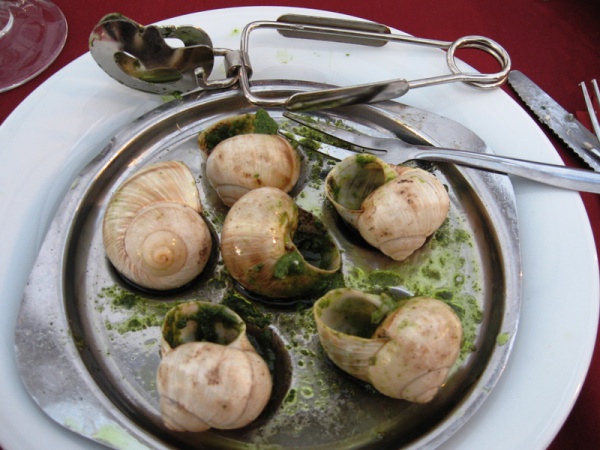Facts About Escargot
Escargots, or cooked edible land snails, are a cherished hors d'oeuvre in France and are also enjoyed in many other countries, including Germany, the United Kingdom, Italy, Portugal, Spain, Cyprus, Greece, and North African nations such as Tunisia, Algeria, and Morocco. The word "escargot" derives from Ancient Greek and has been used since the 16th century to describe these edible snails. In British English, the dish is simply referred to as "snails."
Not all land snails are suitable for consumption, and their flavors can vary significantly. In France, popular edible snail species include Helix pomatia, Cornu aspersum, and Helix lucorum. Snails have been consumed since ancient times, with archaeological evidence underscoring their culinary use. The Romans regarded escargots as a delicacy, and they were also consumed in Morocco during the Roman era.
The preparation of escargots in French cuisine typically involves purging, killing, cooking, and then serving them with garlic butter or wine. Common ingredients like garlic, thyme, and parsley are often added to enhance flavor. Various cultures have their own unique takes on snail recipes. For instance, in Crete and Malta, snails are prepared using different ingredients and cooking methods. In Morocco, snails are cooked in a broth with spices and herbs and served hot.
Nutritionally, escargots are rich in protein and low in fat. They typically consist of about 15% protein, 2.4% fat, and approximately 80% water. Heliciculture, the practice of farming snails for food, includes purging them of any unwanted contents before providing a nutritious diet. Escargot farms exist in Europe and the United States, where farm-raised snails are considered a delicacy and are usually fed ground cereals.

 Andorra
Andorra